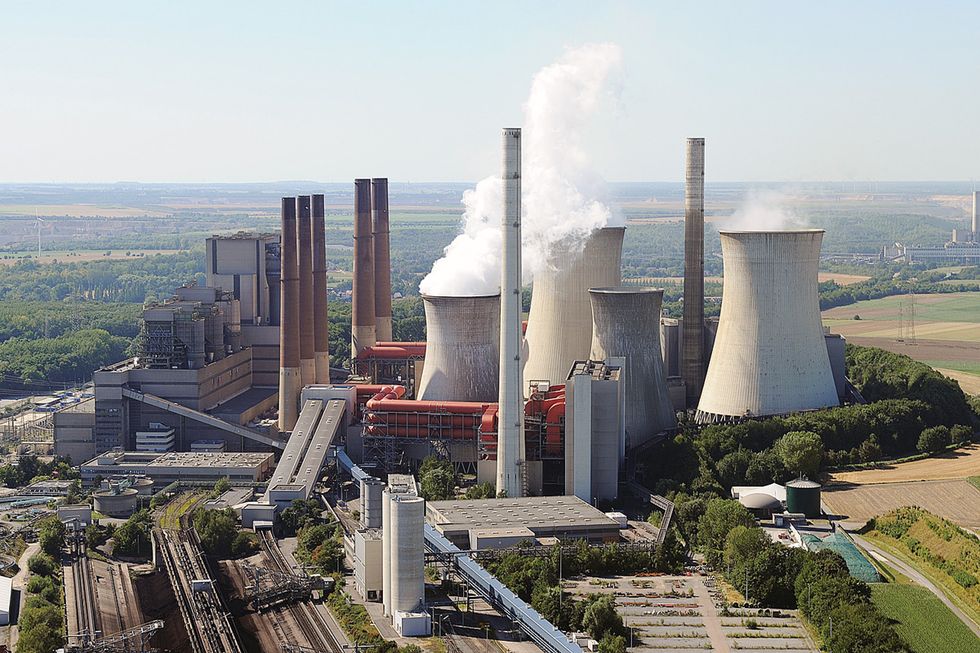In January, an 18-wheeler truck was scheduled to pull into Mexico City, nearing the end of an international road show spreading the gospel of General Electric’s nimble new gas turbines. A key message was that GE’s FlexEfficiency natural-gas-fired power plants can complement fluctuating wind and solar energy far better than their coal-fired brethren. The latter clearly need their own PR road show to shake their reputation as laggards when it comes to boosting or throttling back electric power generation. That’s because engineering firms are improving the agility of coal-fired power plants, and the best are hot on the GE model’s heels.
Consider the massive lignite-coal-burning power plant that German utility RWE Power started up near Cologne, Germany, in August 2012. Each of the dual 1100-megawatt steam turbines can ramp generation up or down by 500 MW in less than 15 minutes. While admittedly one-third slower than GE’s new natural-gas plants, that rate is still twice as fast as the best achieved by recent gas-fired plants supplied by Siemens, and more than six times as fast as the average coal-fired plant running today.
Agility is a matter of life or death for coal-fired generators in Germany, says Matthias Hartung, who runs RWE’s power-generation business. “Renewable energies always have priority on the grid in Germany, so conventional power plants have to adapt,” he says. “Only a flexible power plant can survive in this environment.”
According to Hartung, RWE is preparing a next-generation coal plant that will be even more agile than the Cologne plant—able to add or shed 600 MW in 15 minutes. That would close half of the gap between RWE’s lignite-burning plants and GE’s gas plants.
What accounts for the RWE plants’ rapid improvement? The utility and Paris-based steam-turbine manufacturer Alstom maximized flexibility by using better materials in the plant’s boiler and turbine and installing more sophisticated controls that regulate the turbine and keep it in sync with other power plant components.
The 170-meter-high boilers, for example, are the first to use tough T24 steel, thanks to novel welding techniques developed by RWE. They are thus able to absorb the internal strain caused by rapid changes in the lignite firing rate. “Compared to their predecessors, they are capable of withstanding up to twice as much thermal loading for the same level of aging,” says Charles Soothill, chief technology officer at Alstom Thermal Power.
Controls informed by real-time sensor data, meanwhile, free the boilers and turbines from preset—and thus conservative—operating parameters. “Load changes are continuously optimized such that the maximum permissible stress in a component is approached but never exceeded,” explains Soothill.
As Germany phases out nuclear power, keeping coal plants running will be a necessity, because natural gas is expensive there. And it’s not just Germany. The International Energy Agency predicts that by the end of the decade, demand from India and China will push coal to surpass oil as the world’s No. 1 energy source.
More coal burning will keep the lights on, but it won’t do the climate any good. That’s one thing natural-gas plants can still crow about. GE estimates that one of its FlexEfficiency plants will emit 2.6 million fewer metric tons of carbon per year than would a coal plant of comparable size.

